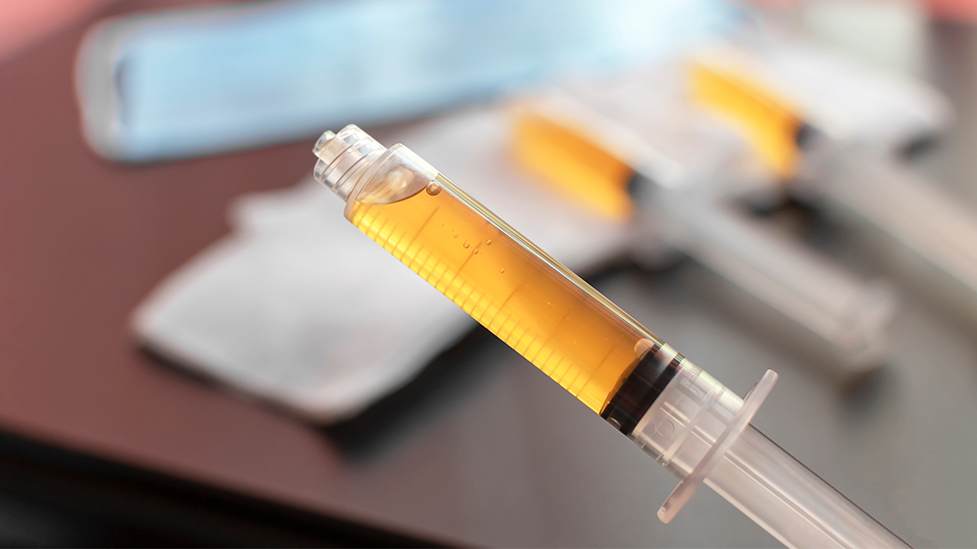Pain Management
PRP vs. Traditional Treatments: A Regenerative Solution

Pain Management

In the realm of pain management and injury recovery, patients often face a choice between conventional treatments—such as steroid injections and surgery—and regenerative therapies like Platelet-Rich Plasma (PRP) injections. For those in Phoenix, Scottsdale, and Paradise Valley, understanding the benefits of PRP treatment can help shed light on why it stands out as a superior long-term solution.
PRP therapy utilizes a concentration of a patient’s own platelets, which contain a high concentration of growth factors, to accelerate the healing of injured ligaments, tendons, and joints. This procedure entails extracting a blood sample, spinning it down in a centrifuge to increase platelet concentration, and subsequently administering the platelet-rich plasma into the targeted region. The growth factors released by the platelets stimulate tissue repair and reduce inflammation.
Corticosteroid injections are typically the go-to solution for most medical doctors when treating inflammatory conditions. They offer rapid pain relief by reducing inflammation but do not actually ever address the underlying cause of pain. Additionally, repeated use can damage and degenerate cartilage, reducing effectiveness over time.
Surgery is another “solution” that’s often considered for certain musculoskeletal and orthopedic issues. While there’s a chance that it may provide relief, surgery comes with its own inherent risks, extended recovery periods, and significant costs. Surgical outcomes don’t always guarantee success, and some patients continue to experience persistent or worsening symptoms after the operation.
Mechanism of Action:
Duration of Effectiveness:
Safety Profile:
Invasiveness:
Recovery Time:
Cost Considerations:
Platelet-rich plasma injection therapy has shown efficacy in addressing a range of conditions, including:
Here’s what you can expect during your PRP procedure:
Individuals might feel slight pain at the injection area, but significant adverse reactions are uncommon because the treatment uses the patient’s own blood (versus a synthetic alternative).
At Health For Life Naturopathic Medicine, our clinic in Phoenix specializes in PRP therapy to help you recover from pain and injuries naturally. Serving the communities of Phoenix, Scottsdale, and Paradise Valley, our team of naturopathic doctors uses the latest regenerative medicine techniques to provide personalized, effective treatment.
Our PRP therapy harnesses your body’s natural healing abilities, stimulates tissue regeneration, and reduces inflammation—all while avoiding the risks of steroid injections or surgery. Whether you’re dealing with joint pain, tendon injuries, or muscle strains, we offer a comprehensive physical exam followed by a customized treatment plan that’ll help you heal and return to your active lifestyle.
For those looking for natural pain relief options in Phoenix, Scottsdale, and Paradise Valley seeking effective, long-term solutions for pain and injury recovery, PRP therapy offers a compelling alternative to traditional treatments. By harnessing the body’s natural healing processes, PRP addresses the root causes of pain, providing sustained relief without the risks associated with steroids or surgery.
If you’re ready to experience the regenerative benefits of PRP therapy, call us today at (602) 368-9211 or click here to Become a Patient and take the first step toward lasting pain relief and healing!
Metabolic Health
Regenerative Medicine